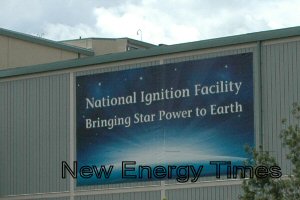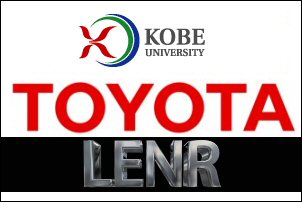
Andrea Rossi. Image courtesy Mats Lewan
Oct. 11, 2012 – By Steven B. Krivit –
In 2011, Andrea Rossi, a convicted criminal with a string of failed energy ventures in his past, sought media attention and credibility for a device he said could produce extraordinary levels of low-energy nuclear reaction-based excess heat. To a certain degree, his device appeared to copy the work of Francesco Piantelli. Piantelli is a retired professor of physics from the University of Sienna in Italy and has a long history of credible, published LENR research.
On June 14 and 15, 2011, I was in Bologna, Italy, interviewing Rossi and filming his Energy Catalyzer device. I also interviewed his colleague, Sergio Focardi, professor emeritus at the University of Bologna Physics Department, whom Rossi had befriended. I also interviewed Giuseppe Levi, a professor of physics at the University of Bologna.
I have just published transcript excerpts from my video interviews of Rossi, Focardi and Levi. We produced these transcripts many months ago with the help of several New Energy Times readers, but I had forgotten to publish them until now. Continue reading »




